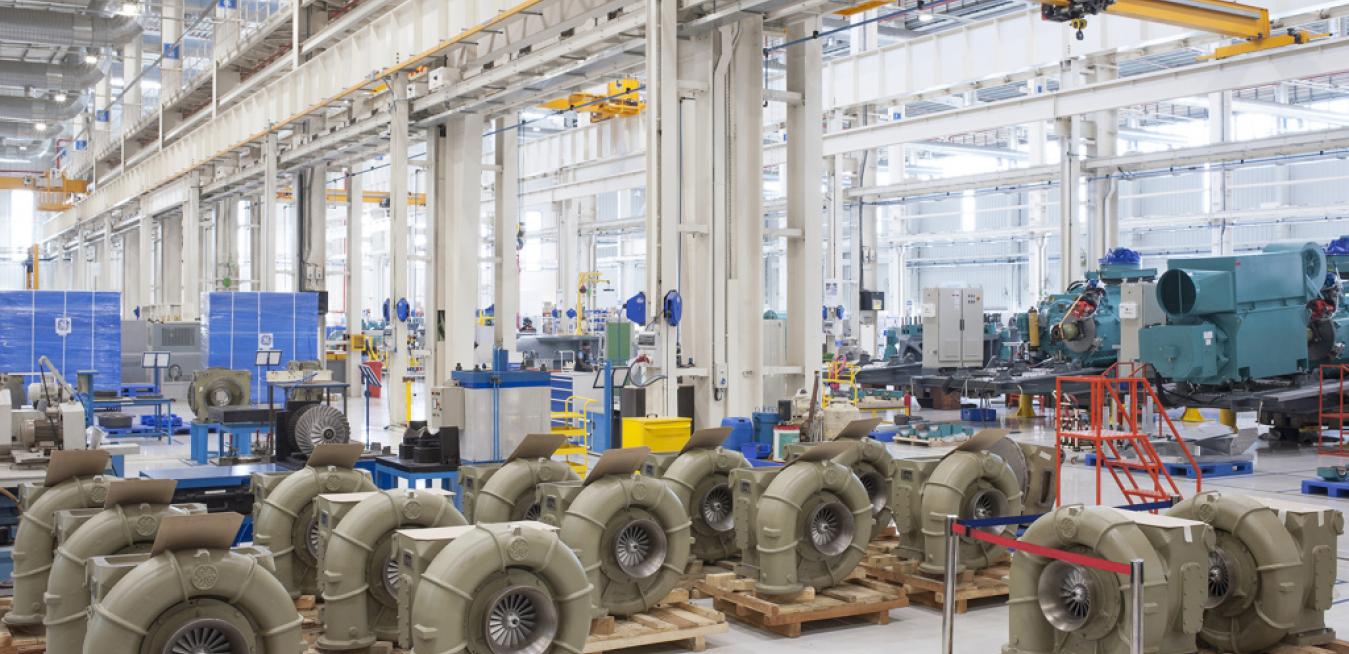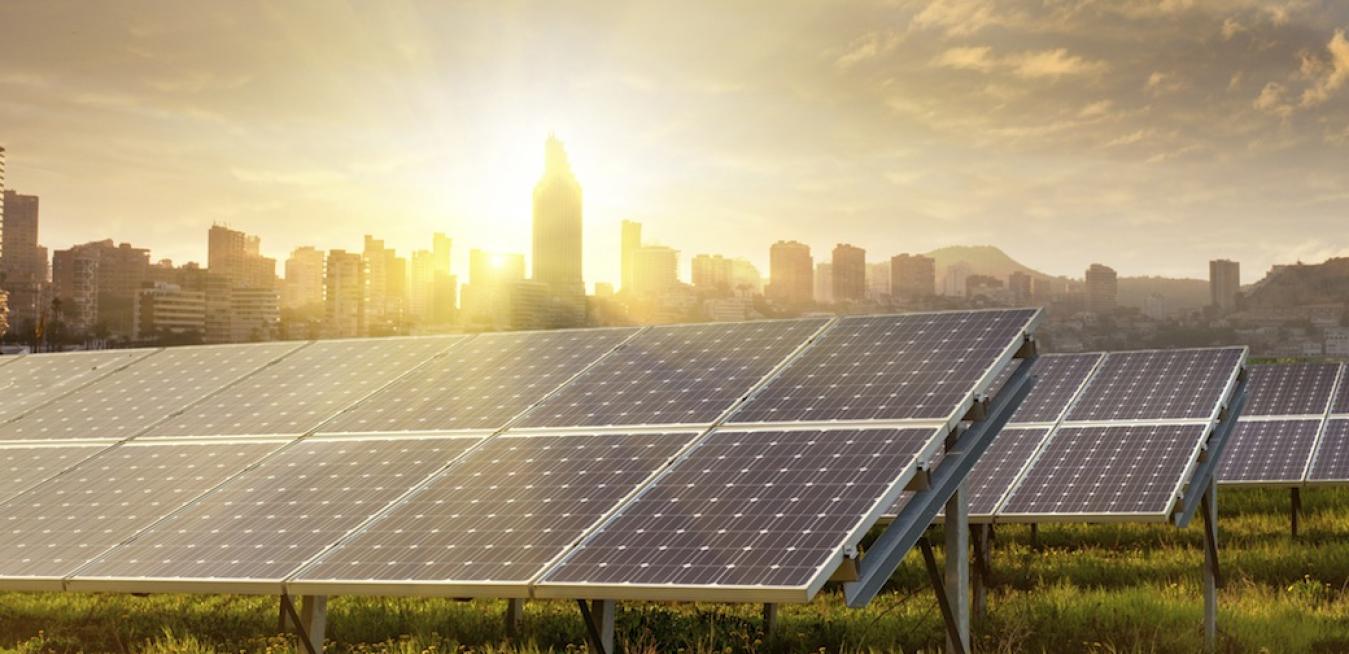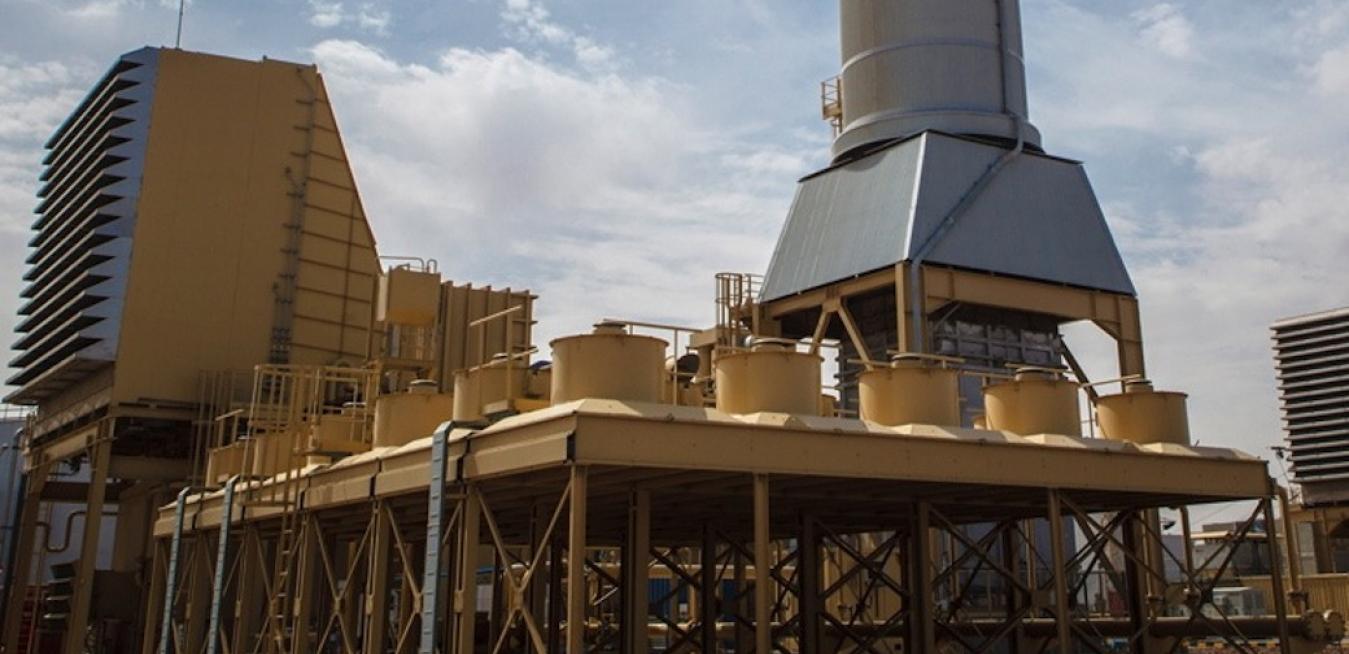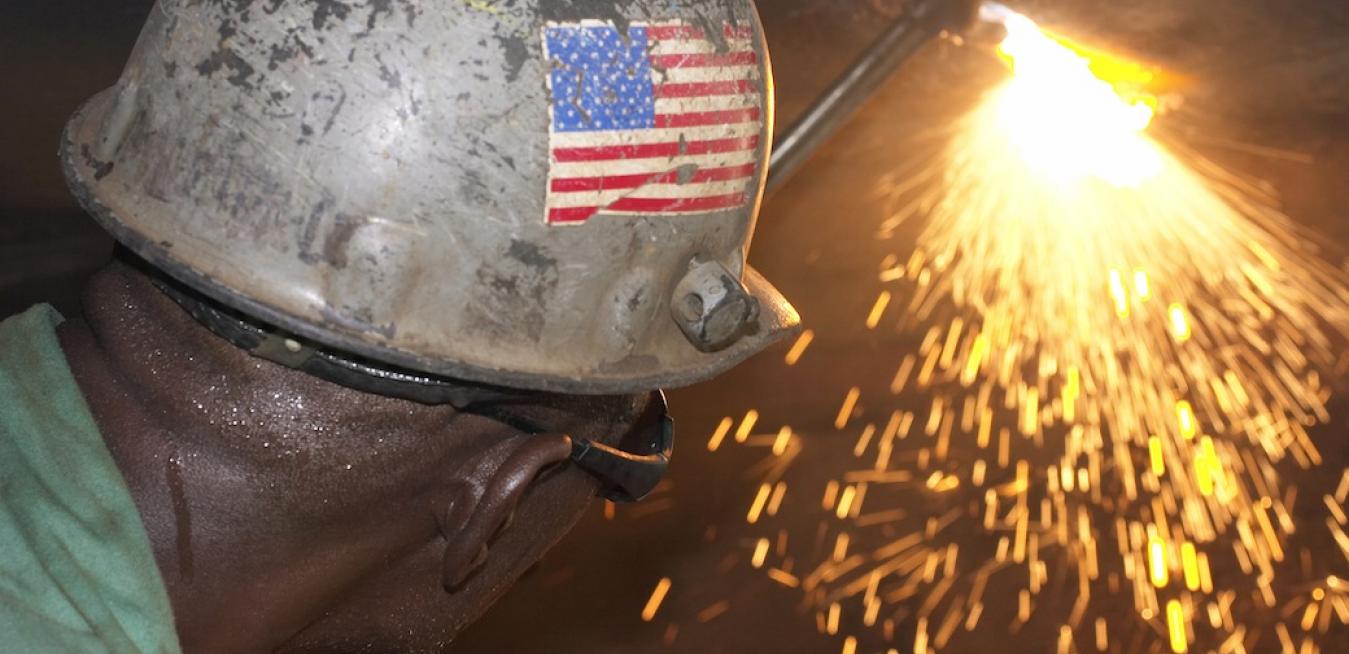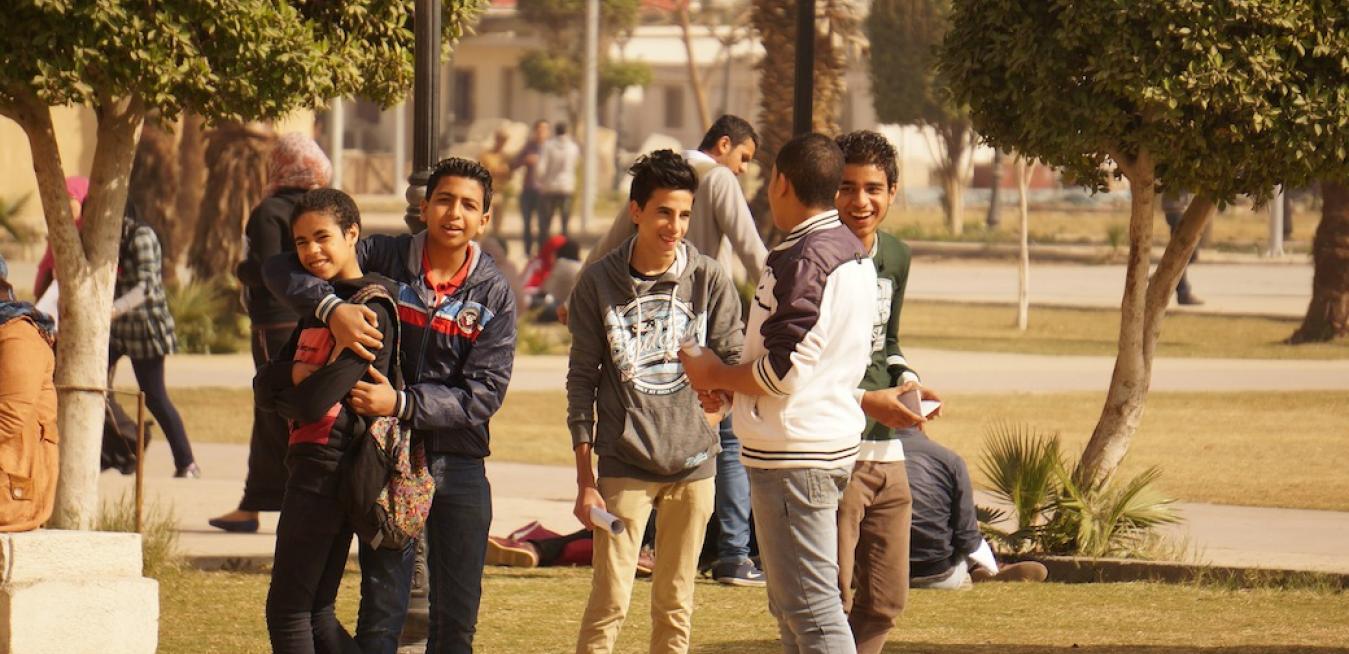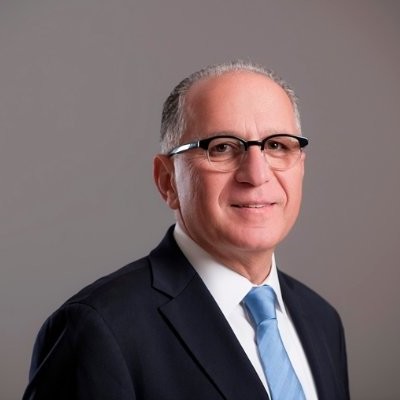By making the most out of the water already being used, we can protect increasingly scarce freshwater supplies.
Over 700 million people live in water-stressed areas today. By 2030, the Water Resources Group expects a 50 percent growth in global water demand, which will yield a 40 percent shortage given the expected water supply in the same time period.
The digital age will provide manufacturing insights that will save money and transform how we work across supply chains.
As manufacturing leaders and innovators converge on Detroit for the annual Big M Conference, it’s clear the digital revolution in manufacturing has taken hold. Just glancing at the title of major talks and presentations in the conference program will show just how much digital has penetrated mindsets.
- “Transforming Your Manufacturing Business for the New Digital Age”
Natural gas can provide fast and flexible power to people who need it, with the right policies in place.
World supplies of gas are increasing, and so is global demand for electricity. In this new “Age of Gas,” the challenge is to ensure steady power access to people around the world — especially in underserved regions of the world where a fifth of the population still lives without electricity — and do it in a sustainable way.
It’s hard to control the weather, but there are ways to mitigate the uncertainty in renewable power supplies.
Investing in infrastructure in the Middle East and North Africa will jumpstart inclusive growth in the region.
I cannot help but admire the Middle East’s resiliency. In the midst of rising conflict and slowing global demand, entrepreneurs and companies alike are transforming their economies and laying the groundwork for sustained stability and development.
The TTIP and TPP will attract more foreign investment to our shores, bringing high-paying jobs with it.
How free trade can bring prosperity to people across the world.
The playwright George Bernard Shaw once wrote that poverty is “the greatest of evils and the worst of crimes.” While Shaw penned those poignant words more than a century ago, the reality is that too many people still lead lives filled with hunger and hardship.
Today’s trade agreements include enforceable commitments that are vital to protecting the global environment.
With the Middle East and North Africa at a crossroads, the private sector must work with the public sector and civil society to help the region’s youth develop the skills they need.
I believe few regions in the world currently stand at a sharp crossroads between a potential future of prosperity or one of despondency to the extent that the Middle East and North Africa (MENA) region does today.
Let’s invest in the future of the Middle East and North Africa — its youth.
The Middle East and North Africa (MENA) region has a demographic youth dividend of 200 million bright minds. Any development narrative that does not take into account their aspirations, invariably, fails to achieve the desired goals.






